Marvel Rivals is the latest in a long line of hero shooters, and it’s an exciting new entry into the genre that has the gaming community buzzing.
Unfortunately, not everyone can set the quality of a PC game to Ultra and enjoy themselves. Some gamers need to tweak settings to get the games to run properly. Marvel Rivals utilizes Unreal Engine 5, and it is gorgeous, but the game’s hectic nature can make it difficult to run smoothly.
Here are the best graphics settings for Marvel Rivals to get the best performance possible.
Best graphics settings to increase frame rate in Marvel Rivals

Marvel Rivals has an extensive list of graphics settings that can customize your experience, help the game run smoothly, and make it look even more beautiful. Here are our suggestions on what to tweak and change to get the best performance possible.
Display
| Setting | Value |
|---|---|
| Display Mode | Fullscreen |
| Aspect Ratio | Monitor’s native aspect ratio |
| Resolution | Monitor’s native resolution |
| Anti-Aliasing and Super Resolution Type | NVIDIA DLSS or AMD FSR |
| Super Resolution Mode | Performance or Ultra Performance |
| Super Resolution Sharpening | 0 |
| Frame Generation Mode | Off |
| Low Latency Mode | NVIDIA Reflex Low Latency |
| Brightness | Personal preference |
| Limit FPS | On |
| FPS Cap | Whatever matches your monitor’s refresh rate |
| Show FPS | Personal preference |
| Network Stats | Personal preference |
| V-Sync | Off |
Anti-Aliasing and Super Resolution Type are important here, but so are the FPS settings. The best FPS Cap to choose is one that matches your monitor’s refresh rate (60hz, 120hz, 144hz, etc.) to make it as smooth as possible and to get rid of the worst timed drops in framerate imaginable when you’re in the middle of a fight that decides the whole match.
Super Resolution Type is also a major factor in FPS. NVIDIA DLSS affects the image the least, but if you’re not using an NVIDIA graphics card, AMD FSR is a decent alternative. Set it to Performance or Ultra Performance mode and lower the Super Resolution Sharpening, depending on your setup. I saw the most impact when I turned that down to zero, resulting in a slightly lower-quality image but nothing worth dealing with sluggish frame rates for.
You want to avoid using Frame Generation Mode as it can increase input lag, which is never useful in a multiplayer game. At the same time, NVIDIA Reflex Low Latency can reduce input lag without impacting performance.
Graphics
| Setting | Value |
|---|---|
| Graphics Quality | Custom |
| Global Illumination | SSGI |
| Reflection Quality | Screen Space Reflections |
| Model Detail | Low |
| Post-Processing | Medium |
| Shadow Detail | Medium |
| Texture Detail | Medium |
| Effects Detail | Medium |
| Foliage Quality | Medium |
This is a good baseline setting to see how the game runs on your rig. If your FPS still struggles, lower some of the details in the graphics settings until you can hit the kind of fluid FPS you like.
The biggest resource hogs here are Model Details, Shadow Detail, Texture Detail, and Effects Detail, so lower those one by one until the FPS raises properly. Just remember that the game will begin to look a bit worse as you do, but sometimes sacrifices need to be made. And with medium PC power comes great responsibility.
These settings are mere suggestions because every gaming rig is different. Experiment with different settings until you find whatever works best for you. If you can live with a lower framerate, by all means, make your game prettier, but generally, a higher and smoother FPS is better.


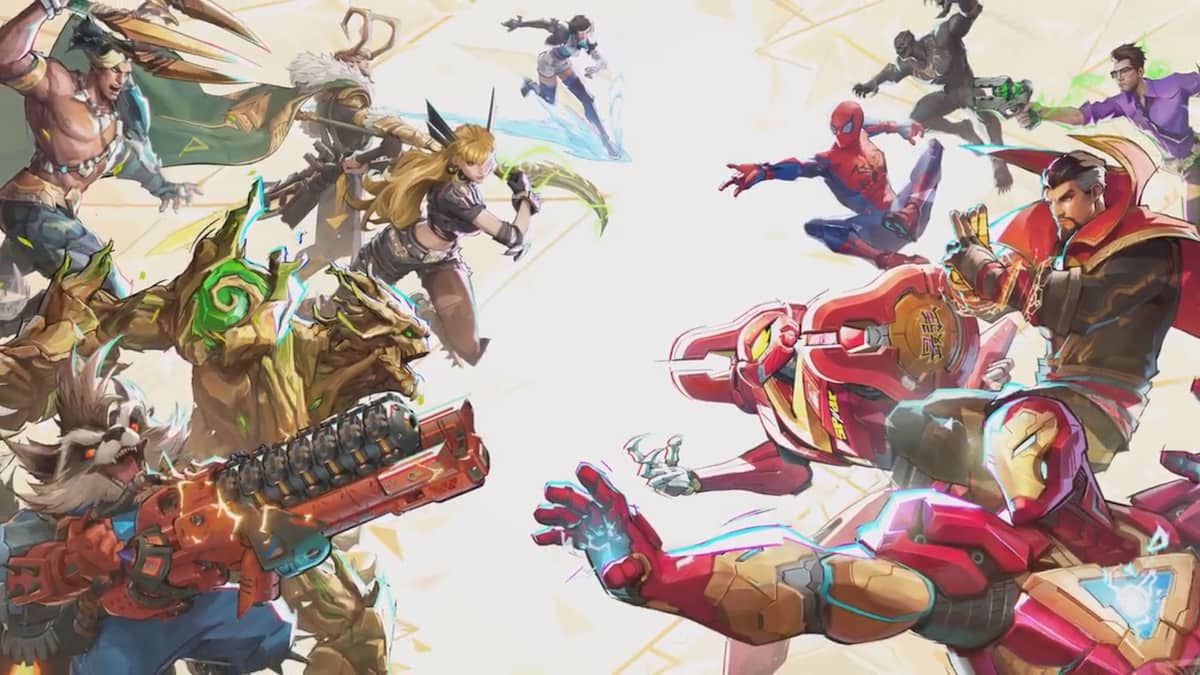
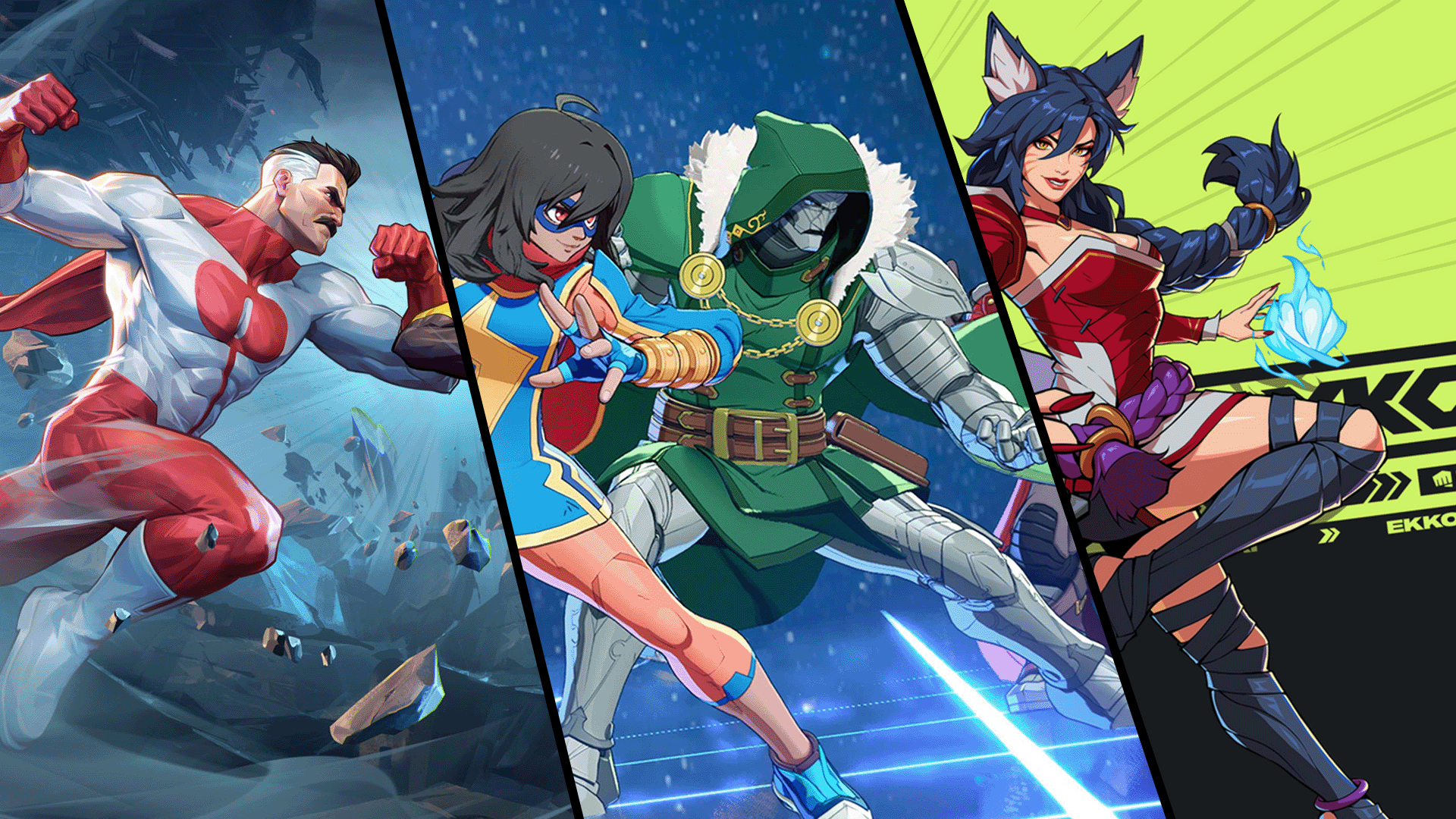
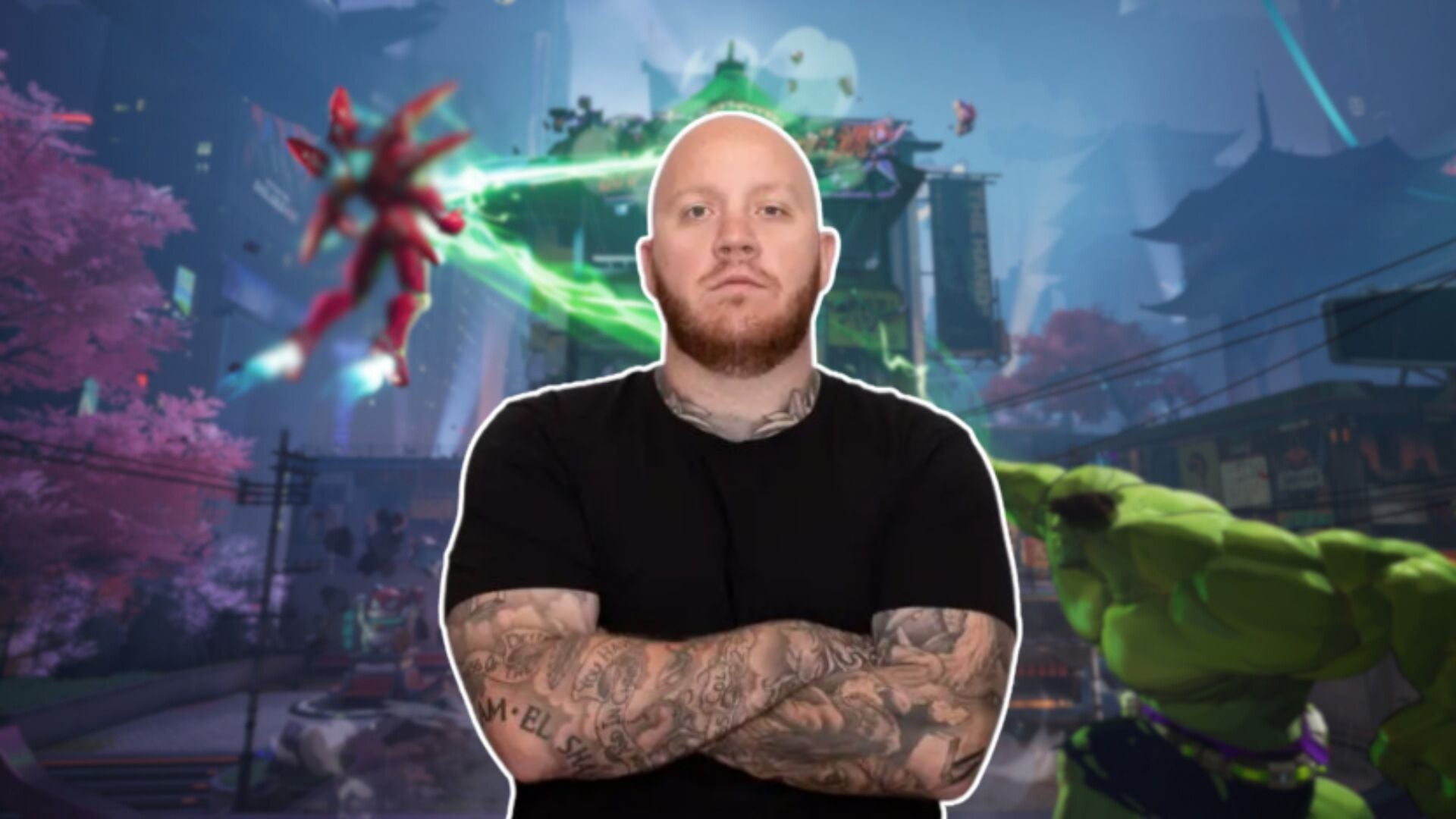
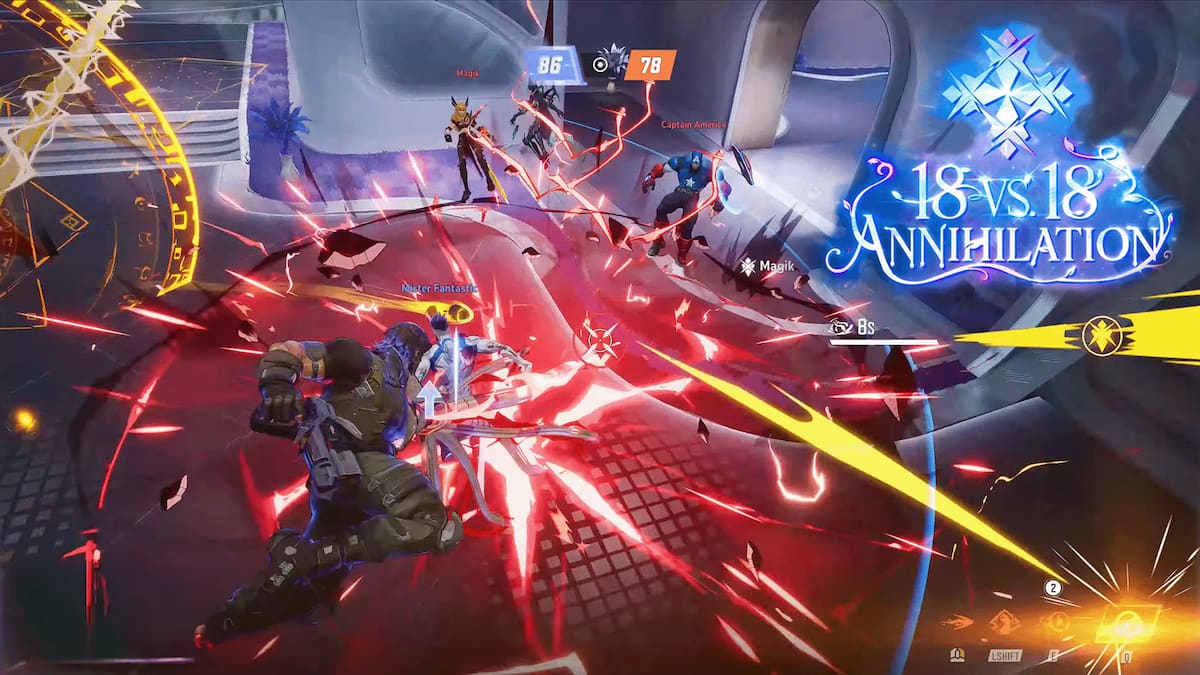
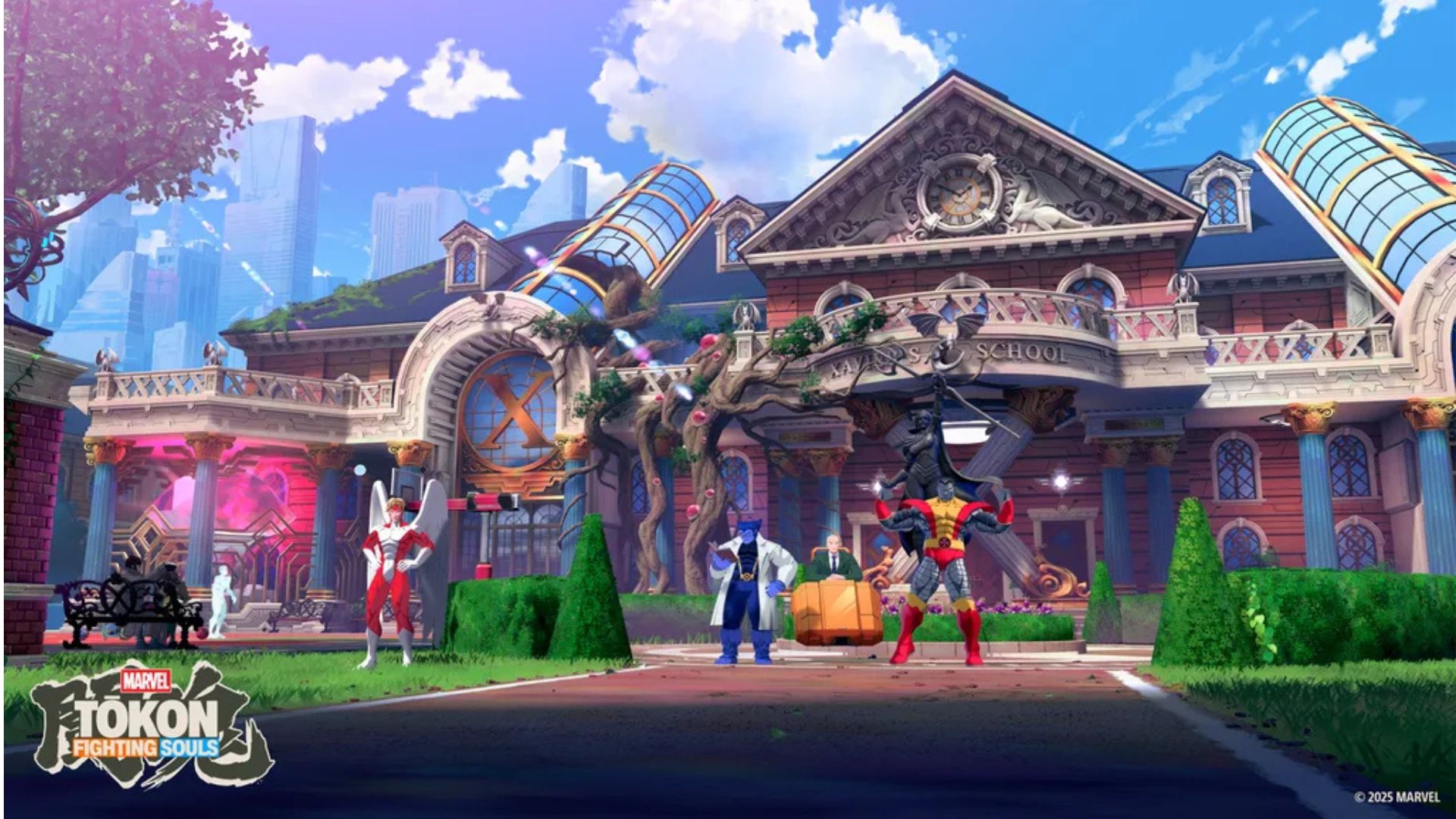
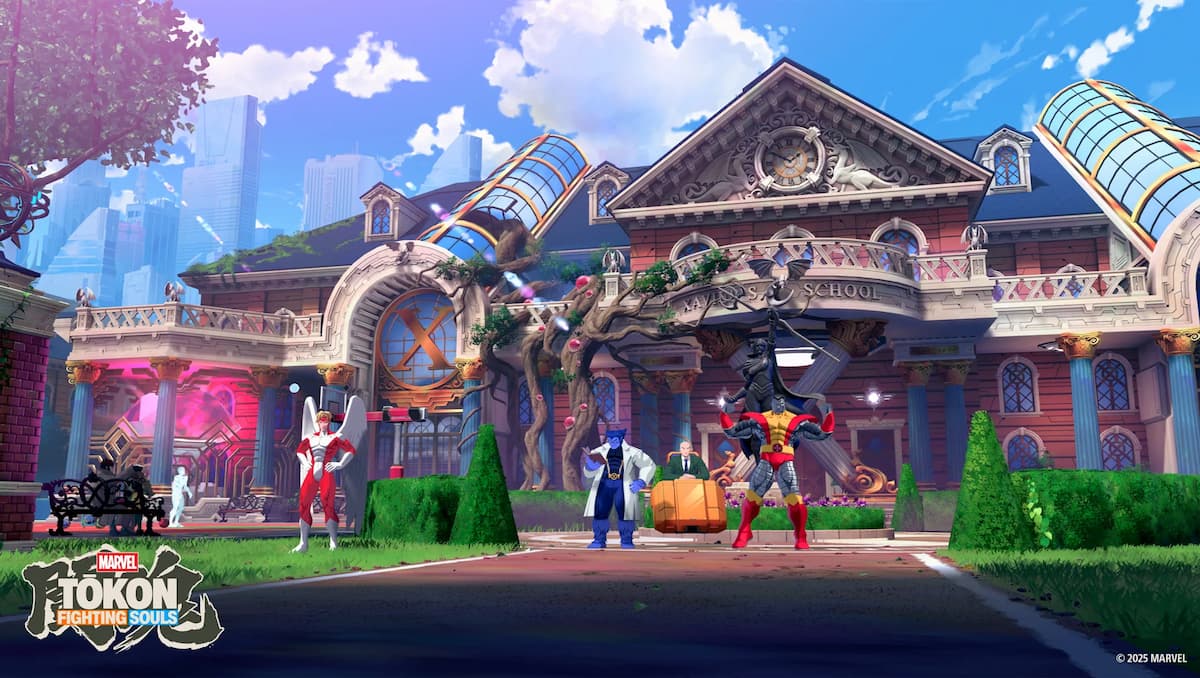
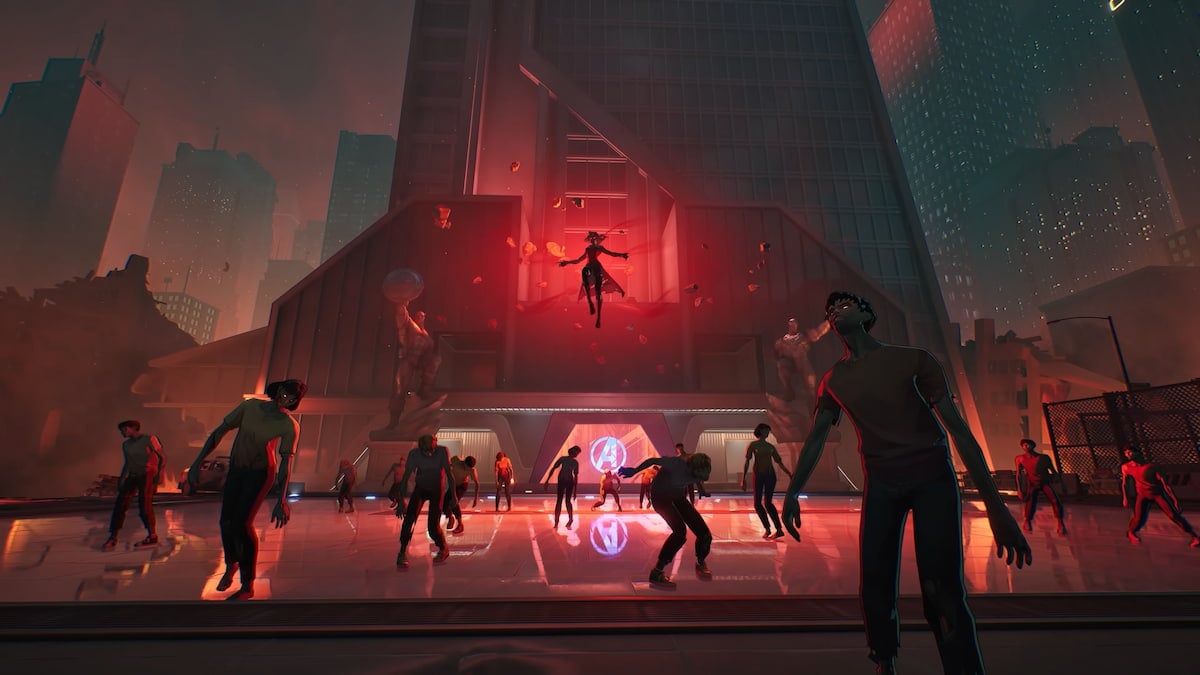
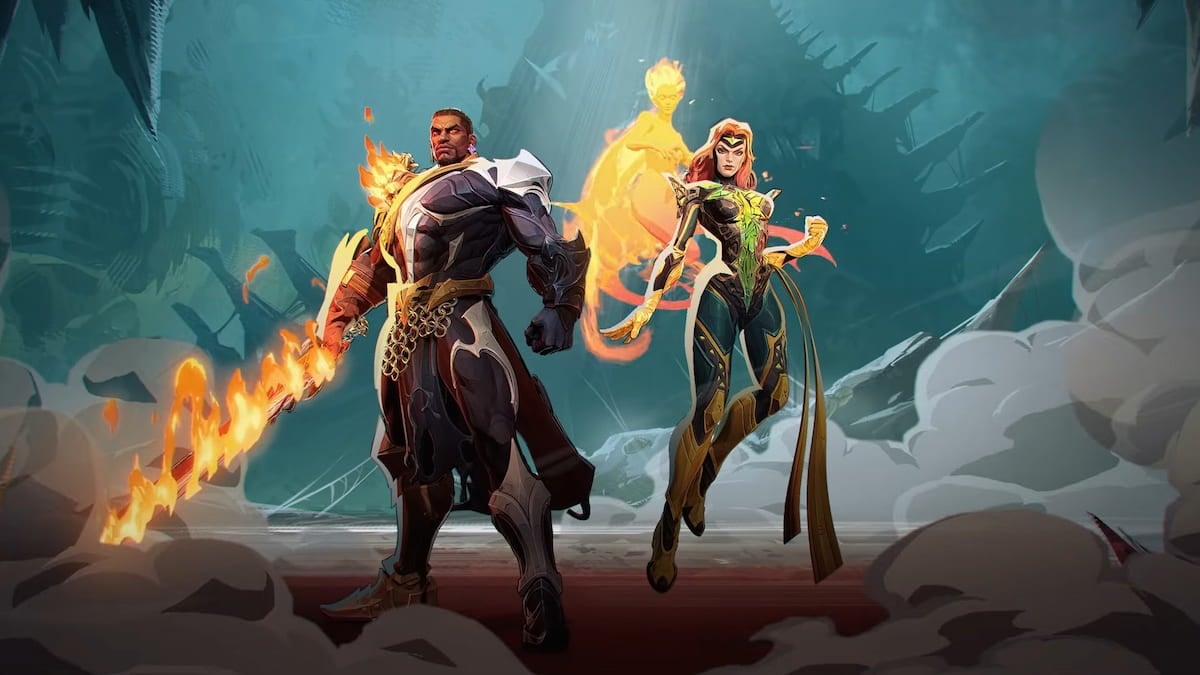
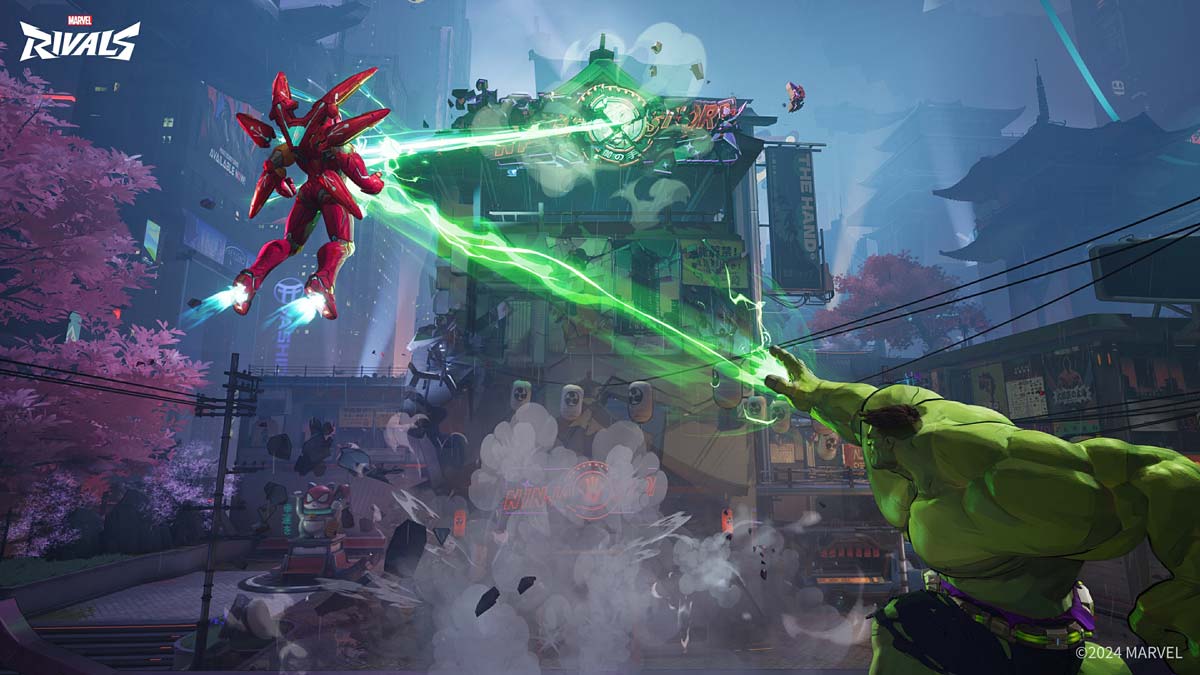
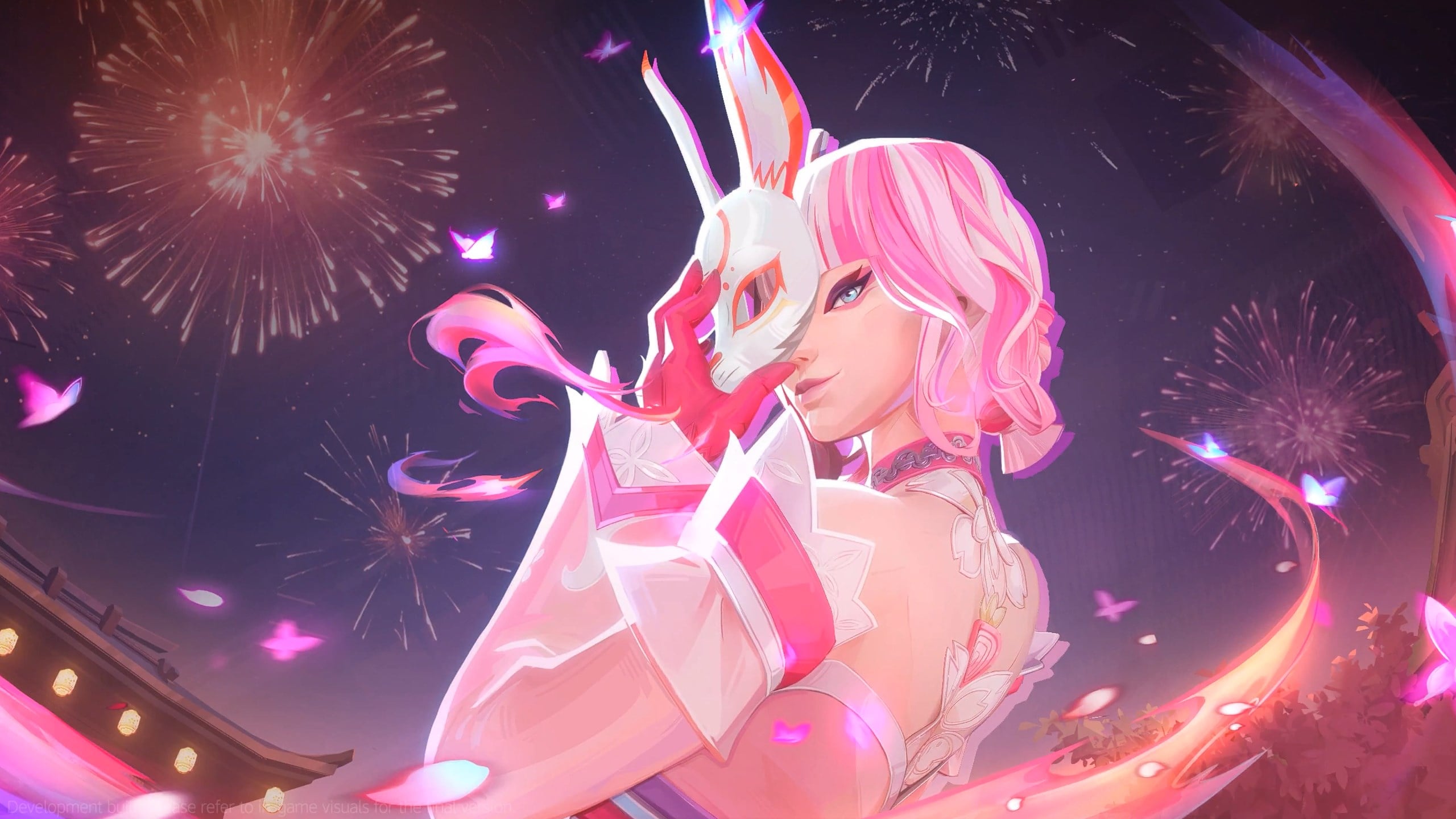
Published: Feb 4, 2025 07:53 am